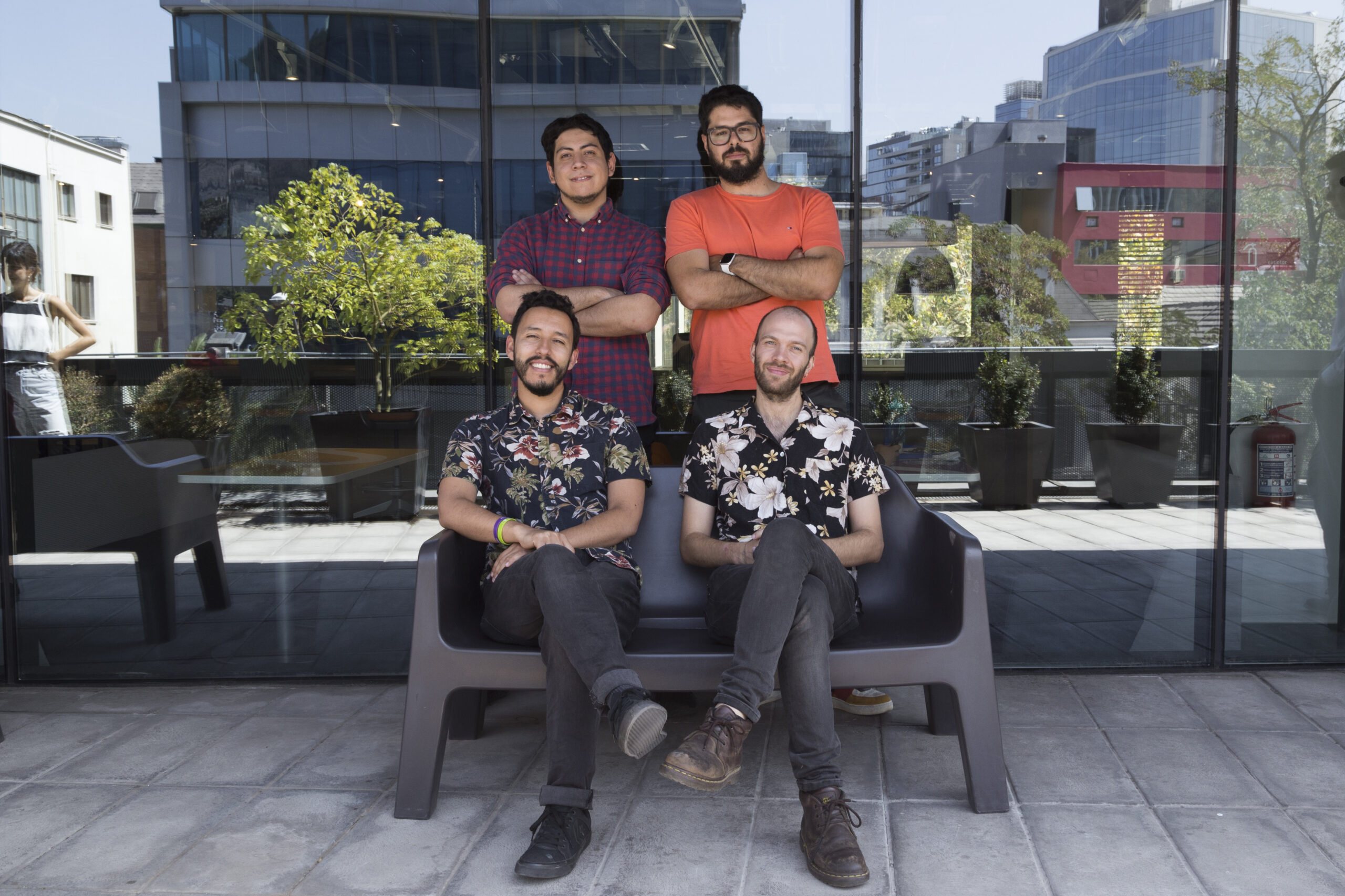Digital or virtual platforms are spaces on the Internet that allow different actions to be carried out in the same place to satisfy different needs. For this specific case, we want to address the use of digital platforms for children, their benefits, and the risks they can convey.
We are immersed in a hyperconnected society that no longer understands ages. Minors have greater access to information, which provides different beneficial aspects, such as contributing to their education, but it also represents risks.
Hay distintas plataformas digitales que son utilizadas como entretenimiento e interacción social, sin embargo, el acceso a las tecnologías sin la supervisión de un adulto, y sin la formación en un uso adecuado y responsable, puede exponer a los niños a distintos riesgos digitales, como el ciberbullying o ciberacoso.
Digital platforms can be used for entertainment and social interactions, however, access to technologies without adult supervision, and responsible use, can expose children to different digital risks, such as cyberbullying.
Risks Associated With Digital Media
The major risks on digital media platforms occur mainly because there is no adequate support. When children surf the Internet, they are exposed to seeing and receiving different types of inadequate information. It is important to consider that children do not search for the content, but rather it appears in the form of pop-up windows and advertising for example.
Examples of age-inappropriate content include sexual, pornographic, or violent images; websites that promote dangerous behavior, for example, suicide, bulimia, or anorexia; and racist, discriminatory or hateful messages.
Education and Digital Platforms
Education has the quality of being a changing practice, it is healthy for educators to embrace the latest trends in technology and be able to communicate them with students in order to properly prepare them for the “real world”. The era in which we live invites us to rethink education from the premise of accepting that technology is no longer something external that one uses. It has to do with a tool that undertakes even to outline the way we perceive and identify ourselves.








